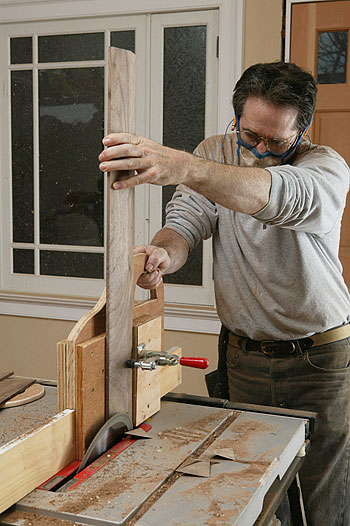Going metric: Pros and cons
Pros and cons of converting to metric measurement in your shop. February 28, 2001
Q.
What are some pros and cons of going metric? We purchased three new machines recently, including a Weeke point to point, and the question of converting to metric keeps coming up.
Forum Responses
I heartily endorse the idea of full metric production in the shop. Most staff start out not liking it but come around quickly when they get rid of the fractions. Our only ongoing difficulty has been that the design end of our business must remain in imperial dimensions for customer reasons and the conversion issues are most easily handled by the computer packages we have. Cabnetware does a good job of letting you design in imperial and then build in metric.
You should process your parts in metric. If you put your holes at 1.25 oc you will use 1 bit at a time. Even if the number you use rounds to 31.999 it will usually run 1 spindle.
In Woodwop you could have a variable w and a variable W and W could be w*i and i would be 25.4. Woodwop will let you mix and match if you want. What you engineer and cut in is up to you. We run in inches and convert to metric at the p2p. When we tried to convert to metric in the shop 12-14 years ago we weren't capable of training the employees or enforcing it and we switched back to imperial output and metric machine code. With p2p being metric isn't as critical as it was with manual machines.
Initially the hardest part for me was visualizing a piece 300mm long. You must condition yourself to think in mm. Don't try to think '305 mm... that's about 12".' 305mm = 305mm.
Brian Personett, forum technical advisor
We use both in the shop with no problems. The employees eventually would rather work in metric. Bore patterns are in metric even on the shop drawings for the customer's approval and they never complain. We still use imperial because of the customer/designers working in imperial.
We use metric exclusively here. The problem is that we in our industry have to adapt the metric system to the imperial system, which dominates the construction industry in the US. We have to deal with material that is 19.05mm instead of an even 20.0mm. My advice is to never put inch or feet dims. into your shop at all. This will force your workers to learn metric. We draw in CM units and submit them with alternate units turned on and set to inches. Then we simply turn off the alternate units globally before we plot a set for the shop.
